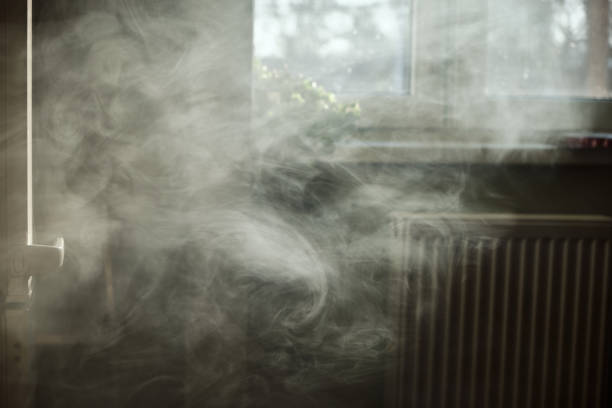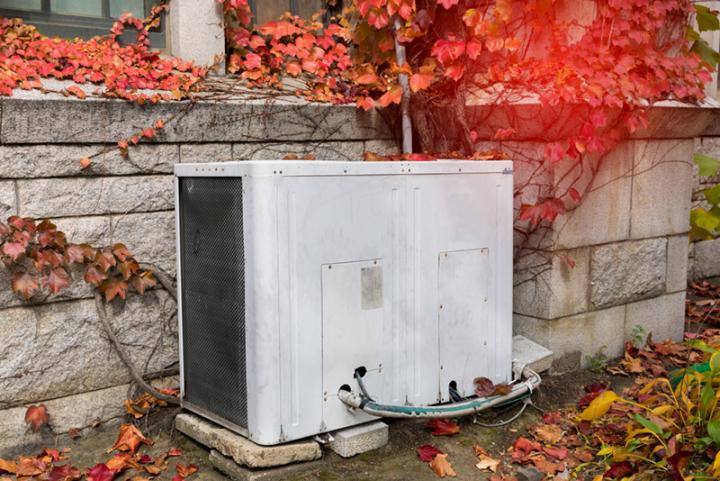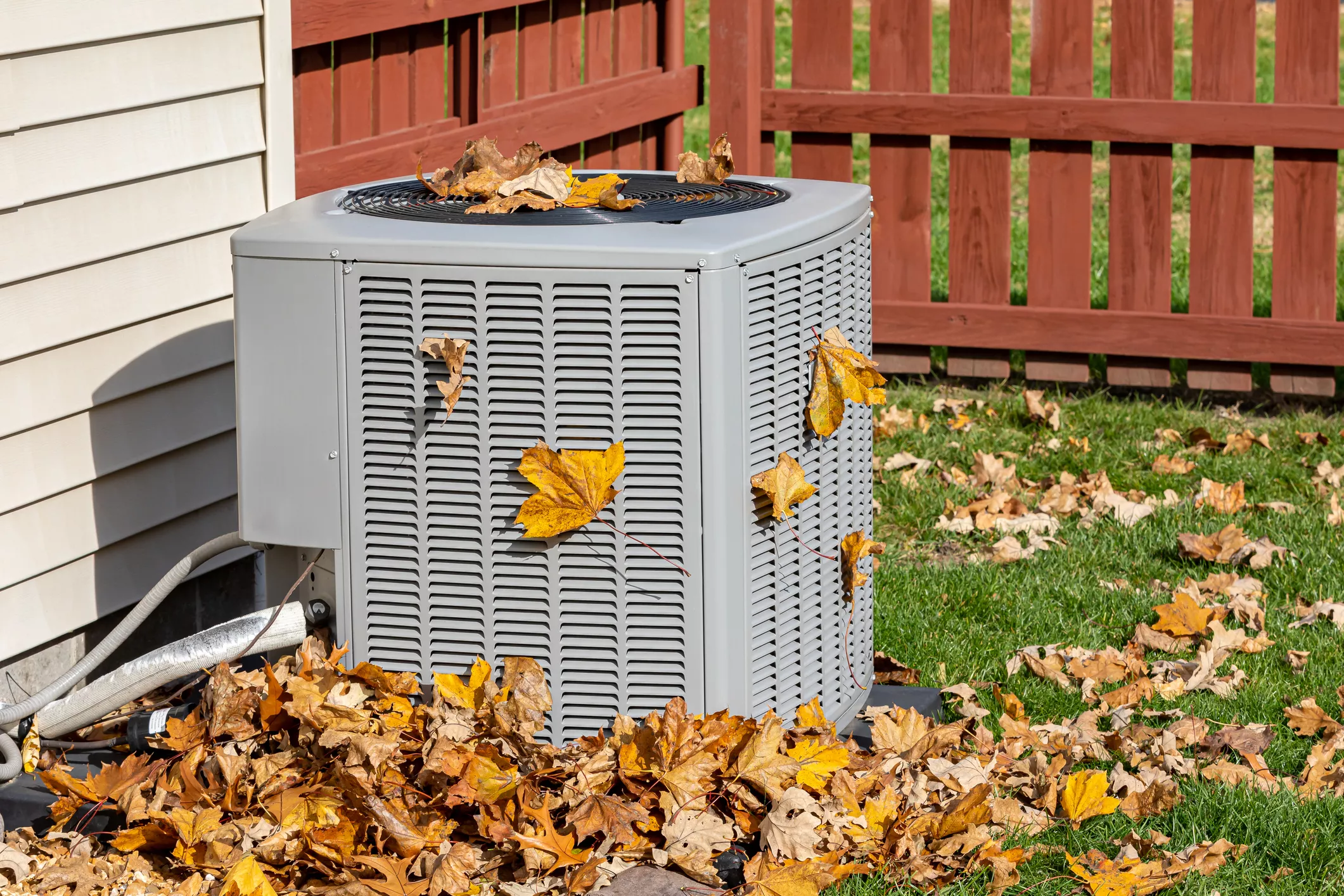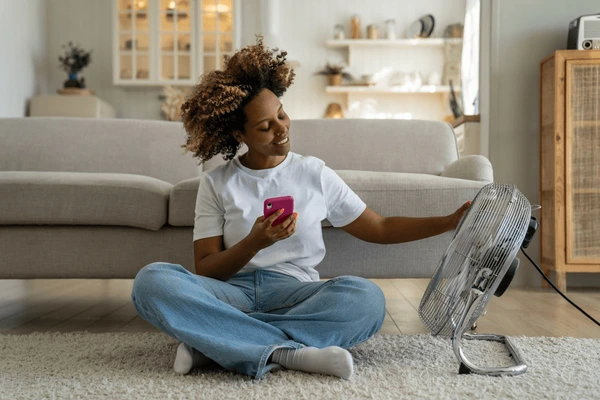Indoor air quality (IAQ) stands as a cornerstone of health and well-being, profoundly impacting our daily lives. However, delving into the realm of pollutants and their origins becomes imperative to uphold a wholesome living environment. Often, the most insidious sources lurk unnoticed, posing unforeseen risks. This is why our comprehensive guide aims to unearth these sources while offering actionable strategies to mitigate air pollution in summer, advocating for the adoption of ducted air conditioning systems for enhanced IAQ.
Why Indoor Air Pollution is a Big Deal
Okay, so indoor air pollution might sound boring, but it’s actually a pretty serious problem. Let’s break it down.
- Lots of People Get Sick: Imagine almost 4 million people dying early because of breathing in bad air inside their homes. That’s what happened in 2018 according to the World Health Organization. And most of it is because of the smoke from cooking.
- Wood-Fired Heaters Are a Big Problem: In places like New South Wales and the ACT, those cozy wood heaters are the worst! They pump out smoke that’s like having a truck engine running in your living room. And it’s not just bad for your health, it’s expensive for the healthcare system too—like billions of dollars expensive!
- Burning Bad Wood Makes Things Worse: Some people use leftover wood from construction sites to fuel their heaters. But that wood is often treated with nasty stuff like copper chrome arsenate, which can make you really sick.
- Wood Heaters Add to Climate Change: Believe it or not, burning wood in those heaters actually makes climate change worse! They release gases that trap heat in the atmosphere, making everything hotter.
- Different Pollutants Can Team Up: Think of it like this: if you’re already smoking cigarettes, burning incense indoors is like throwing gasoline on a fire—it makes things way worse. And if you have a family history of certain diseases, bad air can be even more dangerous.
- Some People Are More at Risk: Older folks, kids, and anyone with health issues are especially in danger from bad indoor air pollution in summer. So, even though it might not seem like a big deal, it’s super important to keep the air inside our homes clean and healthy.
7 Things That Cause Air Pollution In Summer
Unmasking Household Cleaning Agents: Concealed Hazards
In the pursuit of cleanliness, household cleaning agents emerge as indispensable allies. Yet, beneath their facade lies a hidden menace. Many conventional cleaning products emit volatile organic compounds (VOCs) and other noxious chemicals, imperilling indoor air quality. To counteract this silent threat, embracing natural, non-toxic alternatives proves paramount. Coupled with adequate ventilation during cleaning, this shift promises to curtail indoor pollution effectively.
Furniture and Carpets: Subtle Emissaries of Contamination
While furniture and carpets infuse homes with comfort and charm, their presence often conceals perilous secrets. Laden with formaldehyde and other hazardous chemicals, these seemingly benign fixtures can unleash toxins over time, compromising IAQ. Prioritizing items with low VOC emissions and adhering to a rigorous cleaning regimen emerges as a prudent course of action to mitigate this silent onslaught.
Cooking Fumes: Beyond Aromatic Delights
The culinary arts, while tantalizing to the palate, harbour an unforeseen peril in the form of cooking fumes. Particularly during high-heat culinary endeavours like frying or grilling, these fumes permeate the indoor environment, exacerbating air pollution in summer. Employing effective ventilation mechanisms, such as open windows or extractor fans, serves as a potent deterrent against the infiltration of these culinary contaminants.
Indoor Plants: Debunking the Myth
Contrary to popular belief, indoor pot plants fall short in their purported role as air purifiers, as explained by Cummings and Waring in the Journal of Exposure Science & Environmental Epidemiology. The myth, stemming from misinterpretations of the 1989 NASA Clean Air Study, perpetuated unfounded claims regarding the efficacy of indoor greenery in air purification. Contemporary insights dismiss these notions, highlighting the need for alternative air purification methods in modern building environments.
Pet Dander: An Invisible Adversary
While cherished companions, pets inadvertently introduce pet dander into indoor spaces, posing a significant threat to IAQ, particularly for allergy or asthma sufferers. Regular grooming coupled with diligent cleaning practices offers a semblance of control over this pervasive allergen. Additionally, integrating HEPA filtration systems proves instrumental in curbing the proliferation of pet dander within the home.
Paints and Solvents: Lingering Hazards
The olfactory allure of fresh paint belies its latent dangers, with many paints and solvents harbouring harmful chemicals that persist post-application. Opting for low-VOC or VOC-free alternatives represents a proactive measure to safeguard IAQ. Furthermore, conscientious ventilation practices during and post-painting endeavours serve to mitigate the adverse effects of these lingering chemicals, ensuring a safer indoor environment.
Building Materials: Unveiling Hidden Perils
Common building materials and home improvement products harbour potential health hazards, exemplified by the off-gassing of formaldehyde from pressed wood products. Vigilance in selecting building materials boasting low VOC emissions is imperative to mitigate indoor air pollution risks. Additionally, advocating for stringent regulatory measures to curtail the proliferation of hazardous building materials remains pivotal in safeguarding public health.
Radon: The Silent Intruder
Emerging as a pervasive indoor pollutant, radon infiltrates homes through various entry points, posing a significant health risk, including lung cancer. Vigilance in monitoring and mitigating radon levels through specialized ventilation systems or retrofitting measures is imperative to ensure a safe indoor environment.
Strategies for Enhancing Indoor Air Quality
Acknowledging the omnipresence of indoor pollutants, adopting proactive measures becomes indispensable in mitigating exposure risks. Key strategies include:
- Strategic Ventilation: Seal off indoor spaces during periods of poor outdoor air quality while maximizing ventilation during periods of fresh air influx.
- Routine Cleaning: Implement a rigorous cleaning regimen to mitigate the accumulation of indoor pollutants, particularly in hard-to-reach areas.
- Emission Reduction: Opt for eco-friendly alternatives and low-VOC products to minimize indoor pollution sources.
- Investment in Air Purification: Consider investing in HEPA filtration systems or air purifiers to augment indoor air quality.
- Pet Management: Implement measures to minimize pet dander accumulation, such as regular grooming and designated pet-free zones.
- Consideration of Ducted Air Conditioning Systems: Explore the installation of ducted air conditioning systems as a permanent solution to indoor air pollution mitigation.
Conclusion: Empowering Healthy Indoor Environments
In conclusion, combating indoor air pollution in summer calls for a multifaceted approach encompassing awareness, vigilance, and proactive intervention. By unravelling the enigmatic sources of indoor pollutants and advocating for solutions, individuals can foster healthier, more sustainable indoor environments.
The journey towards optimal indoor air quality may appear daunting, but through informed choices and concerted actions, it remains an attainable endeavour, ensuring the well-being and vitality of occupants for generations to come.





